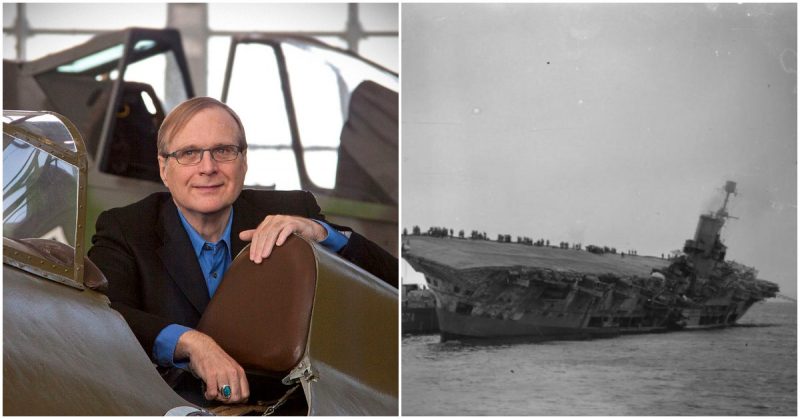Paul Gardner Allen, the co-founder of Microsoft and number forty-three on the list of the wealthiest people in the world, is trying to make a difference.
His company, Vulcan Inc., dabbles in real estate, cable TV, technology, space travel, sports, filmmaking, transportation, medical science and research, African investments including millions to fight the spread of Ebola, and especially cool for history lovers – underwater exploration.

His yachts, the Octopus and Tatoosh, have been used on multiple occasions to locate sunken ships and with his research vessel the R/V Petrel purchased from SubSea Seven in 2016 and refitted with the latest technology, he and his team have located and documented some of the most high profile sunken ships.
HMS Ark Royal
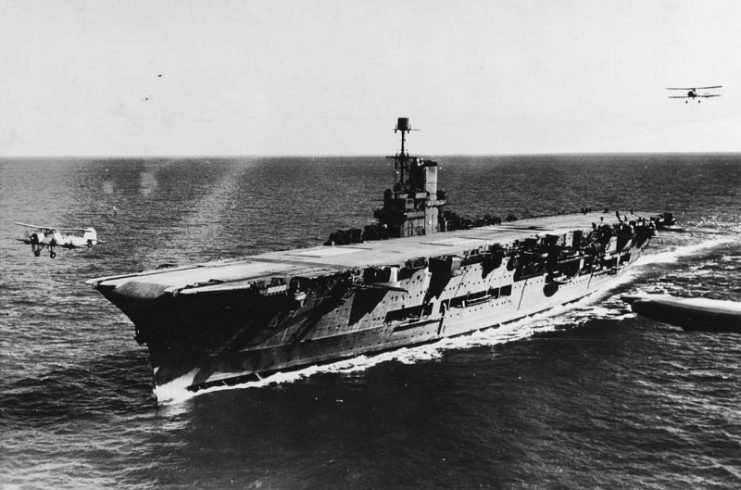
In 2004, he located and documented the aircraft carrier HMS Ark Royal in water a little over half a mile deep and brought the remaining survivors to see the wreck downed by a torpedo from U-boat U-81 near Gibraltar in 1941.
Musashi
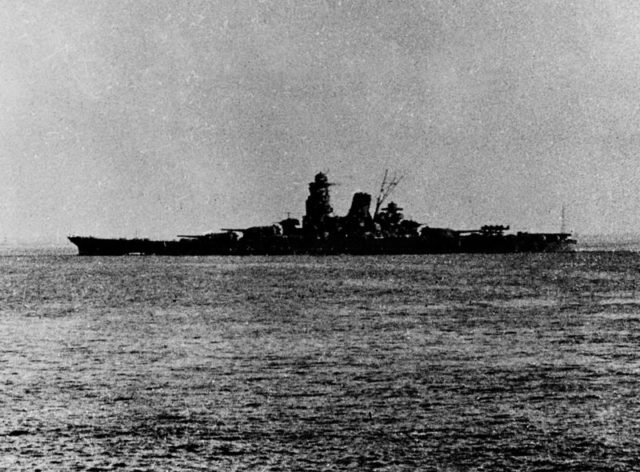
In 2015, Allen’s team discovered the Yamato-class Japanese battleship Musashi in the Sibuyan Sea located in the Philippines at a depth of about three thousand feet. She was sunk in October of 1944 by American aircraft in the Battle of Leyte Gulf.
HMS Hood
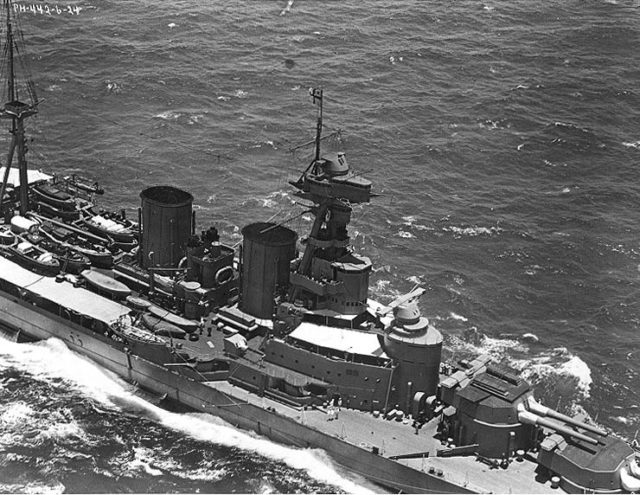
Less than five months later, they located and retrieved the bell from the HMS Hood deep in the North Atlantic at the Denmark Strait that connects the Baltic Sea to the North Sea. The Hood was sunk in May of 1941 by the infamous German battleship, Bismarck. In only twenty minutes the battle was over with the Hood hit by a one ton shell that split the ship in two and caused all of the stored ammunition to explode in a blast so loud it was heard in Iceland.
Artigliere
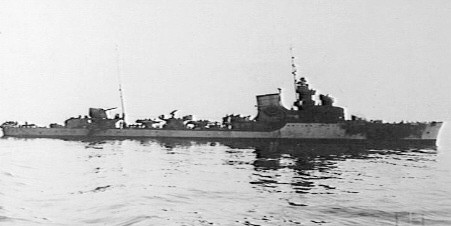
In March of 2017, the team found the Artigliere, an Italian destroyer sunk in 1940 in the Battle of Cape Passero. The British Leander class light cruiser HMS Ajax and Artigliere were trading shots when the Artigliere was hit. Much of her crew was dead, so the distressed ship was towed by the CamiciaNera, another Italian destroyer.
The HMS York intercepted the CamiciaNera causing the Commander to release the disabled ship which was sunk by one of the York’s torpedoes.
Roma
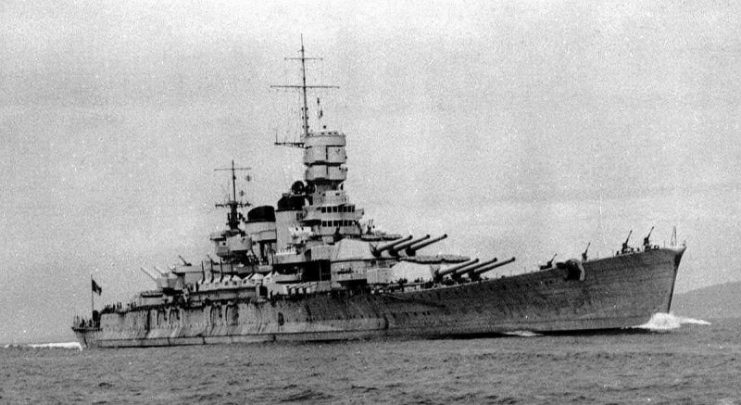
Additionally, the Italian battleship, the Roma, was located in the Mediterranean Sea off the coast of the Italian island, Sardinia. She had been sunk by the Germans in September of 1943 as the Captain was surrendering to the Allies.
When the ship was hit the two boiler rooms and the after engine room were flooded, but even with arc fires and reduced power it was still able to get along on two propellers. A second hit ignited the engine room; the ship broke in two and capsized with one thousand three hundred and ninety-three men.
USS Lexington
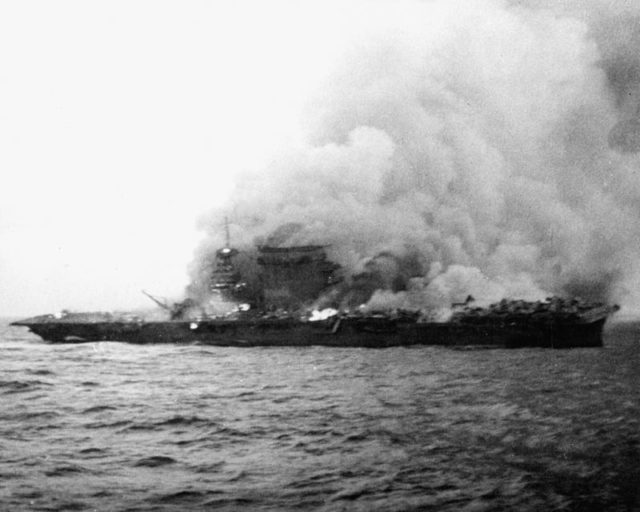
The USS Lexington was found in March of 2018 in the Coral Sea where it came to rest two miles beneath the waves after being hit by Japanese dive bombers and torpedoes in May of 1942 during the Battle of the Coral Sea, a crucial loss in the Pacific War.
USS Indianapolis
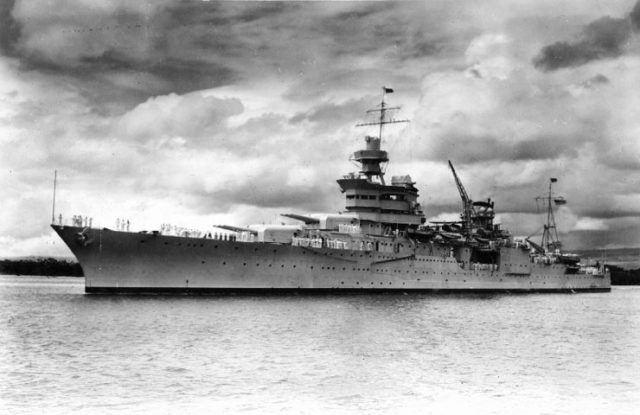
Three months later the USS Indianapolis was found in the waters between Guam and Tinian, one of the main islands of the Commonwealth of the Northern Mariana Islands. In 1945, the ship had delivered the atomic bomb, Little Boy and was now making her way to the Philippines.
The Portland class heavy cruiser had an illustrious career carrying President Franklin D. Roosevelt and his cabinet as well as Secretary of the Navy, Claude A. Swanson. She was out on practice maneuvers at Johnson Atoll when the attack on Pearl Harbor took place sparing her for four more years.
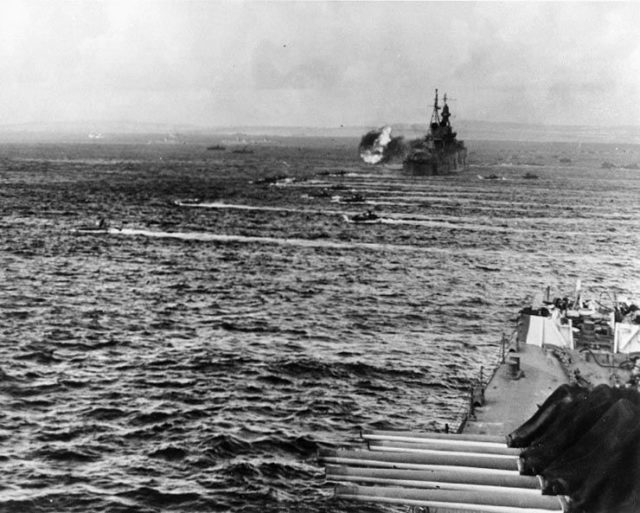
The Japanese submarine, I-58, sent a torpedo into the ship on July 30th breaking her apart and sinking her in just minutes. 900 of a crew of 1196 men survived the sinking but were subject to heat, thirst, saltwater poisoning and most of all sharks that regularly fed on the men while they drifted on the ocean with only lifejackets to keep them afloat.
On the fourth day, they were spotted and picked up by the USS Doyle. Just over three hundred men were left to board the rescue ship.
Allen’s team has found many more ships lost in World War II and will continue to search for more.
